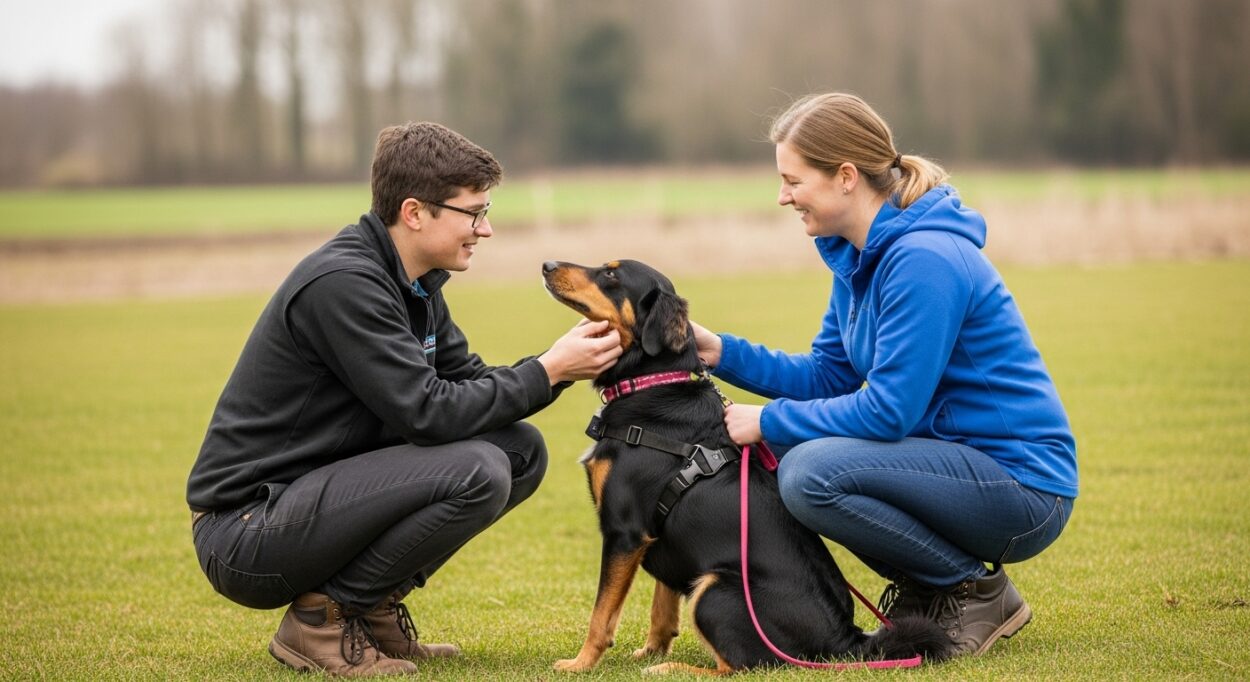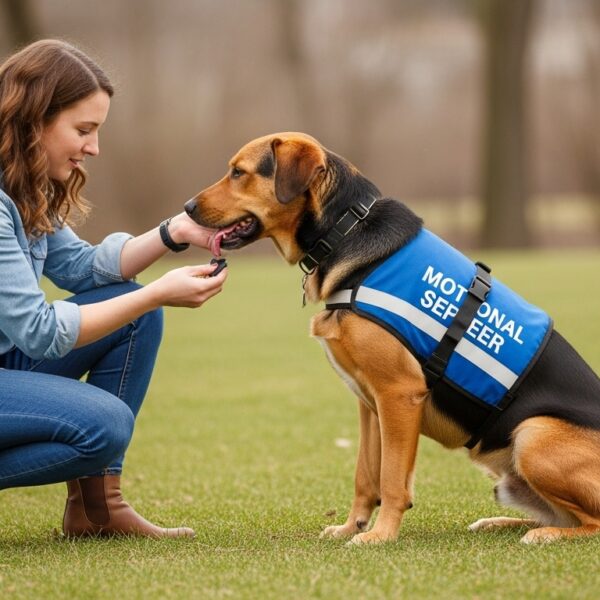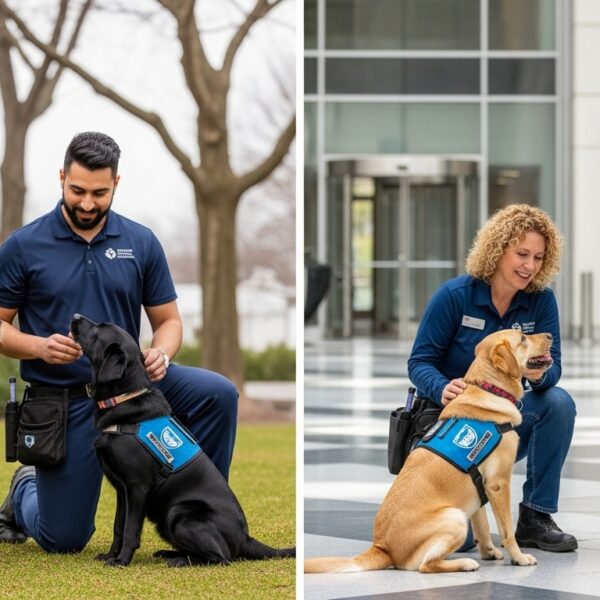Table of Contents
Introduction
Having a loyal pup by your side can make all the difference, especially if you need emotional support. But did you know that emotional support dog training can take your dog’s natural companionship to a whole new level? Trained emotional support dogs aren’t just good dogs—they understand when you’re stressed, anxious, or sad, and know how to offer comfort. This guide will walk you through the steps of training your own emotional support dog, so you and your furry friend can live your happiest, healthiest lives together.

What is an Emotional Support Dog?
An emotional support dog is more than just a pet—they’re companions specifically there to help with emotional or psychological challenges. Unlike service dogs (who are trained for specific tasks or disabilities), emotional support dogs mainly offer comfort with their presence, affection, and empathy.
Emotional support dogs:
- Help reduce anxiety, stress, or depression
- Offer a sense of security
- Are welcome in some housing situations even if there’s a “no pet” policy
- Don’t need as much special training as service dogs, but good behavior is a must!
Why Emotional Support Dog Training Matters
Even though emotional support dogs don’t need the same level of training as service dogs, proper “emotional support dog training” is still important. Training makes your dog calm, reliable, and able to react positively in situations where you need comfort the most.
Untrained dogs may pick up bad habits, act out, or cause extra stress instead of helping. A well-trained support dog knows:
- When to offer comfort (like gentle cuddling or lying beside you)
- How to behave around strangers and in public places
- How to recognize YOUR moods and stress signals

Step-by-Step Guide to Emotional Support Dog Training
Let’s break down the emotional support dog training process, step by step. You don’t need to be a pro—just a loving, patient owner!
1. Start With Basic Obedience Training
Every emotional support dog must master the basics first. These are the foundation for more advanced behaviors.
Teach these commands:
- Sit
- Stay
- Come
- Leave it
- Down
Use positive reinforcement—treats, praise, and lots of affection.
2. Socialize Your Dog
A good support dog is calm and friendly, even around new people and other pets.
- Take walks in new neighborhoods
- Visit pet-friendly stores or cafes
- Arrange “doggy play dates” with different breeds
This helps your dog build confidence and stay calm in new environments.
3. Recognize Your Triggers & Communicate
One of the keys to emotional support dog training is teaching your companion to recognize when you need help.
- Notice your body language, tone, or habits when you’re upset
- Practice calling your dog to you with a specific word or gesture when you’re feeling anxious
- Reward your dog for coming close, staying calm, and offering comfort
Some owners use a “cue” word or touch (like patting your leg) so the dog connects that action to offering support.

4. Practice Comforting Behaviors
Teach your dog what you need during anxious or sad moments:
- Sitting or lying beside you
- Placing their head in your lap
- Nudging you gently
When you feel calm, reward gently with treats and affection so the dog understands: THIS is the behavior you need during tough times!
5. Maintain Consistent Training
Emotional support dog training doesn’t end after a few weeks. Keep practicing:
- Short, regular sessions (10–15 minutes/day)
- Lots of praise, patience, and positive vibes
- Gradually introduce longer periods of calm focus or more distractions
How to Register an Emotional Support Animal in the US (2025 Guide)
Do I Need a Professional Trainer?
Not everyone needs a professional, but you might want extra help if:
- Your dog is young, easily distracted, or nervous
- You’re struggling to manage tricky behaviors
- You want to be sure your dog is ready for public settings
A trainer experienced with emotional support dogs can help you both succeed.

Final Tips for Success
- Be patient—support dogs learn by example and emotion
- Focus on positive reinforcement, never punishment
- Build a deep bond through trust, daily routines, and gentle affection
- Remember, each dog is unique—training adapts to you and your pup’s personalities!
Emotional Support Animals vs Service Dogs: Key Differences (2025 Guide)
Frequently Asked Questions (FAQs)
Q1: How long does emotional support dog training take?Most dogs take several weeks to several months, depending on age, temperament, and consistency. The more you practice, the better the results!
Q2: Does my dog need to be certified to be an emotional support animal?No official training or certification is legally required for emotional support dogs, but some housing or airline providers might ask for a doctor’s note.
Q3: Can any dog become an emotional support dog?Most friendly, calm, and gentle dogs can—with proper “emotional support dog training.” Breeds don’t matter nearly as much as temperament and bonding.
Q4: What’s the difference between a service dog and an emotional support dog?Service dogs are trained for specific tasks for disabilities and are allowed almost everywhere, while emotional support dogs provide comfort and are legally protected mostly in housing.
Q5: Can I train my own dog at home?Absolutely! Many owners successfully train their emotional support dogs using guides like this. If you ever feel stuck, a professional trainer is a great resource.

Ready to start emotional support dog training?With patience, love, and the right steps, you and your pup can build an unbreakable, supportive bond. Remember—every bit of love and training you invest comes back tenfold in those moments when you need comfort most.







